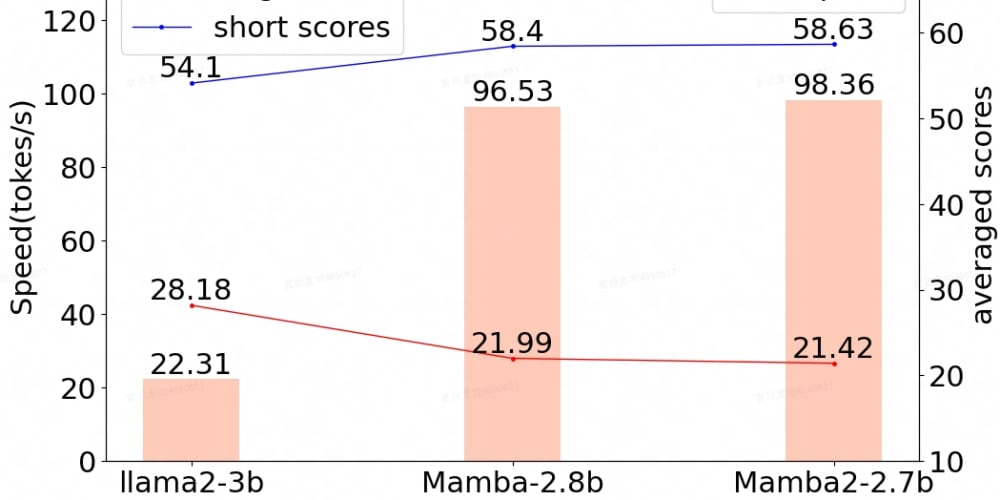Let's Read: Eloquent Ruby - Chapter 16: Metaprogramming
In the vast landscape of programming languages, Ruby stands out for its elegance and expressiveness. A key ingredient to this charm lies in its powerful metaprogramming features. Chapter 16 of "Eloquent Ruby" dives deep into this fascinating realm, empowering you to transcend the boundaries of traditional programming and craft elegant solutions for complex problems.
Metaprogramming, in essence, is the art of writing code that manipulates other code. It allows you to dynamically modify and extend Ruby's behavior at runtime, giving you unparalleled control over your program's structure and functionality.
Understanding the Fundamentals:
-
Method Missing: This fundamental concept enables you to handle calls to non-existent methods. You can define a
method_missingmethod within your class to catch these calls and provide custom behavior. This opens up possibilities for dynamic attribute access, flexible delegation, and even mocking.
Example:
class Cat
def initialize(name)
@name = name
end
def method_missing(method_name, *args)
puts "Cat doesn't know how to #{method_name}"
end
end
my_cat = Cat.new("Whiskers")
my_cat.purr # Output: Cat doesn't know how to purr
-
Method Definitions: Ruby allows you to define new methods on the fly. You can dynamically add methods to classes and objects, enhancing their behavior as needed. This is achieved using
define_methodanddefine_singleton_method, giving you tremendous flexibility in building dynamic systems.
Example:
class Dog
def bark
puts "Woof!"
end
end
Dog.class_eval do
define_method(:wag_tail) { puts "Tail wagging happily!" }
end
my_dog = Dog.new
my_dog.bark # Output: Woof!
my_dog.wag_tail # Output: Tail wagging happily!
- Reflection: This powerful mechanism allows you to introspect into the inner workings of Ruby objects. You can dynamically query for information about classes, methods, and variables, enabling you to build sophisticated tools for analysis and introspection.
Example:
class Bird
def fly
puts "Soaring through the sky!"
end
end
bird = Bird.new
puts bird.methods.grep(/fly/) # Output: ["fly", "fly!"]
Advanced Techniques:
- Open Classes: This feature allows you to modify existing classes, even those from the Ruby core library. You can add new methods or redefine existing ones, effectively extending the behavior of these classes. This provides immense power for customization and adaptation.
Example:
class String
def to_uppercase
self.upcase
end
end
puts "hello".to_uppercase # Output: HELLO
-
Class Variables: Class variables are shared among all instances of a class, providing a convenient way to manage data that persists across objects. They are declared with
@@and can be accessed or modified from any instance of the class.
Example:
class Animal
@@species_count = 0
def initialize
@@species_count += 1
end
def self.species_count
@@species_count
end
end
Animal.new
Animal.new
puts Animal.species_count # Output: 2
-
Hooks and Callbacks: Ruby offers various hooks that trigger specific code before or after certain events, such as method calls or object creation. These hooks, like
before,after, andaround, provide powerful mechanisms for extending and modifying object behavior.
Example:
class Book
attr_accessor :title, :author
before :save, :check_title
def check_title
if @title.nil?
raise "Title cannot be blank!"
end
end
def save
puts "Saving book..."
end
end
book = Book.new
book.title = "Eloquent Ruby"
book.author = "Russ Olsen"
book.save # Output: Saving book...
- Metaclasses: Every class in Ruby is itself an object, with its own class called a metaclass. You can access and manipulate this metaclass to control the behavior of the class itself. This powerful feature allows you to redefine class methods, add hooks, and create custom class behavior.
Example:
class Animal
def self.speak
puts "Generic animal sound."
end
end
Animal.class_eval do
define_method(:greet) { puts "Hello from all animals!" }
end
Animal.speak # Output: Generic animal sound.
Animal.greet # Output: Hello from all animals!
Real-World Applications:
Dynamically Generated Code: Metaprogramming enables you to create code at runtime based on specific conditions, making your applications more adaptable and responsive to user needs. This is particularly useful in scenarios like DSL (Domain Specific Languages) development, where you need to define specialized language constructs.
Simplifying Code: By leveraging metaprogramming techniques, you can often write more concise and expressive code, eliminating the need for repetitive boilerplate. For example, you can define generic methods that handle similar actions across multiple objects, reducing code duplication and improving maintainability.
Adding Behavior to Existing Classes: You can extend the functionality of existing Ruby classes without directly modifying their source code. This is invaluable for customizing behavior, integrating with external libraries, and building more robust applications.
Testing and Mocking: Metaprogramming can be used to create mocks and stubs for testing purposes, allowing you to isolate components and ensure the stability of your codebase.
Conclusion:
Metaprogramming, as explored in Chapter 16 of "Eloquent Ruby," is a powerful tool that elevates your Ruby development capabilities. By understanding the underlying concepts and applying these techniques effectively, you can create elegant, dynamic, and expressive solutions. It's important to remember that while metaprogramming offers immense potential, it should be used judiciously. Excessive reliance on metaprogramming can lead to complex and hard-to-understand code.
The key is to use it strategically to enhance your code's clarity and efficiency while preserving its maintainability and readability. Through careful application, metaprogramming can transform your Ruby code into elegant masterpieces.



















